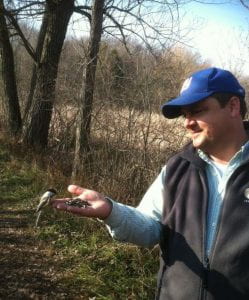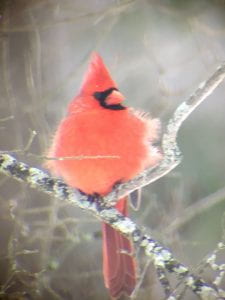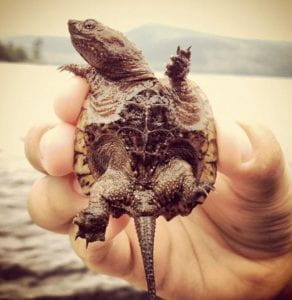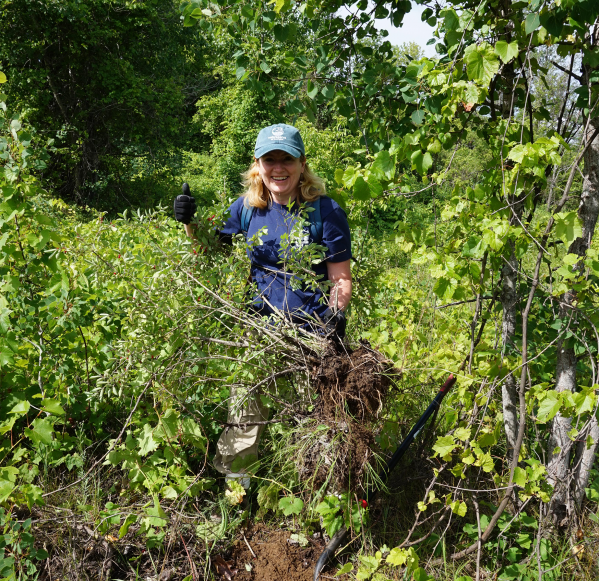We have so many great Master Naturalists across the state of New York doing important and valuable work! We try to feature a NY Master Naturalist each month to highlight this great work and provide some ideas of how you can fulfill your volunteer and training hours. Keep scrolling on this page to see more Featured Master Naturalists.
Master Naturalist: Steve Kinne
Master Naturalist ‘17 – 858.8 volunteer hours, 190.65 training hours!

Favorite animal: Hands down – dogs. He also appreciates white-tailed deer, but it’s a love-hate relationship because they eat his planted vegetation. He loves birds as well.
Favorite plant/fungi: Jack-in-the-Pulpit because of their uniqueness and their connection to his childhood.
Favorite place: His little woodlot in Morrisville, NY because he has been able to closely and personally interact with it – so much so that he feels that he is almost a part of the land himself.
Steve is a retired physician and US Air Force veteran from Chittenango, NY with a strong background in vertebrate and invertebrate zoology. His affinity for the outdoors and his desire to be more involved as a citizen scientist and share his knowledge with others drew him to become a Master Naturalist. He grew up as a Boy Scout, and now has his own woodlot to explore. He is a part of the New York Forest Owners Association, and he even received a Natural Resource Conservation Service grant to improve the wildlife habitats on his property.
As a Master Naturalist, Steve enjoys contributing to citizen science programs like iNaturalist, eBird, and the NYS Hemlock Initiative. He also loves to teach, and has instructed others with his Birding by Ear courses, hemlock woolly adelgid training, field outings, and trail hikes.

The main activities that Steve has engaged in as a Master Naturalist surround the topics of birding, invasive species, and white-tailed deer. As an avid birder, he has enjoyed learning more about how to improve bird habitat and help others learn about the vast world of birds. Though building and teaching his Birding by Ear courses has had its challenges, he feels that helping others be more in tune with nature’s sounds has been very rewarding. His involvement with emerald ash borer and hemlock woolly adelgid management has faced logistical challenges, but he and his team have contributed lots of data to help combat these invasive species. When Steve heard about AVID (Assess Vegetation for Impacts from Deer), he was eager to apply the methodology on his own property, and he set up 26 plots for data collection. This proved to be quite a lot of work, but he was able to gain a great deal of knowledge about deer habits.
Through his time as Master Naturalist, Steve has improved his plant and animal identification skills, and has also realized that there is always more to learn in the natural world. The idea that everything we do has consequences is something that Steve has continually relearned, which emphasizes the idea that everything is connected.

Congratulations to Steve! Thank you for your contributions to citizen science and for continuing to share your knowledge and enthusiasm with others.












